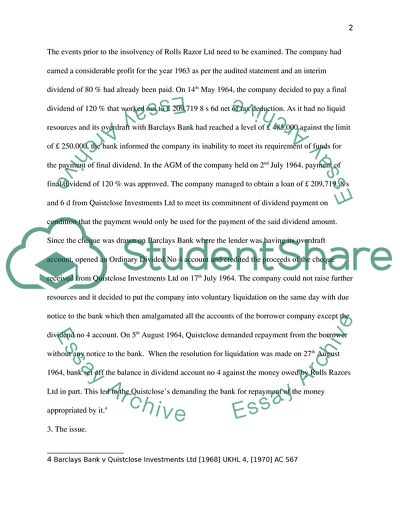Cite this document
(“Equity and Trust: Barclays Bank v Quistclose Essay - 1”, n.d.)
Equity and Trust: Barclays Bank v Quistclose Essay - 1. Retrieved from https://studentshare.org/law/1612569-equity-and-trust-case-study-case-barclays-bank-v-quistclose-1970-ac-567
Equity and Trust: Barclays Bank v Quistclose Essay - 1. Retrieved from https://studentshare.org/law/1612569-equity-and-trust-case-study-case-barclays-bank-v-quistclose-1970-ac-567
(Equity and Trust: Barclays Bank V Quistclose Essay - 1)
Equity and Trust: Barclays Bank V Quistclose Essay - 1. https://studentshare.org/law/1612569-equity-and-trust-case-study-case-barclays-bank-v-quistclose-1970-ac-567.
Equity and Trust: Barclays Bank V Quistclose Essay - 1. https://studentshare.org/law/1612569-equity-and-trust-case-study-case-barclays-bank-v-quistclose-1970-ac-567.
“Equity and Trust: Barclays Bank V Quistclose Essay - 1”, n.d. https://studentshare.org/law/1612569-equity-and-trust-case-study-case-barclays-bank-v-quistclose-1970-ac-567.


